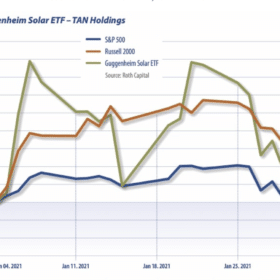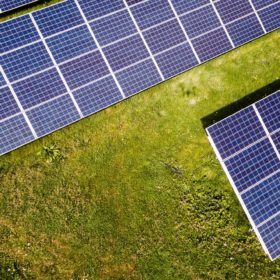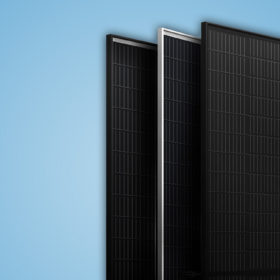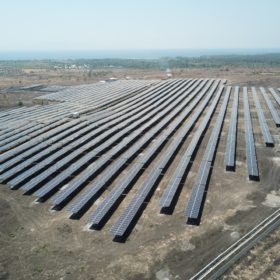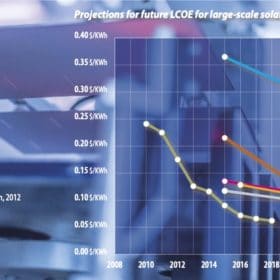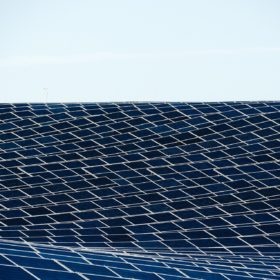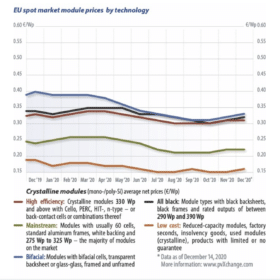Guggenheim Solar Index: Strong beginnings
Solar stocks enjoyed a good start in 2021, writes Jesse Pichel of ROTH Capital Partners. In the United States, the Biden administration’s focus on climate change and the expectation of further incentives for renewables saw solar stocks rally in January. The global forecast is also positive, with China and others set for big installation numbers.
From power to energy rating, for a better choice of PV module
A new report published by the International Energy Agency’s Photovoltaic Power Systems Program (IEA PVPS) outlines the need for PV module standards and testing to focus on ‘energy rating’ – an estimate of actual performance in a variety of climate conditions, rather than nominal power output or efficiency. The report finds that the IEC and other standards bodies are already beginning to make encouraging moves in this direction, but more work, and more data, are needed to make the most out of this approach.
Packed with Power: High-powered solutions for agile utility-scale solar projects
Utility-scale PV in Europe is set for rapid growth in 2021. But with opportunities come challenges, and new large scale solar markets are emerging in new regions and countries. This geographical expansion can mean complications when it comes to grid connection requirements, supply chain management, and system design and construction. Join this special pv magazine Webinar to hear from market analysts, technologists, and project financiers, to learn how the new generation of solar project components can unlock 2021’s market opportunities.
Assessing the impact of large-wafer modules
Energy consultancy DNV GL has published new results comparing the performance of modules based on 166mm, 182mm and 210mm silicon cells. The assessment compares Trina Solar’s Vertex modules, which use the largest cell dimension, with unnamed competitors utilizing the other two sizes. Results from system simulations show a clear advantage for the two larger sizes, with 210mm edging ahead in terms of levelized cost of electricity.
Solar system prices to rise – then fall – in 2021, with another record year anticipated
IHS Markit is predicting the world will add 30% more solar capacity this year.
The weekend read: The recent evolution of solar PV energy costs
Forecasts for the levelized cost of electricity (LCOE) of solar PV were hotly contested over the past decade, with one trend predominating: All but the most optimistic outlooks were wrong. pv magazine has gathered data to showcase the recent evolution of solar PV energy costs, and the results are stark. Within just a few years, initial projections become outdated, which means that forecasts of solar PV prices are more art than science.
pv magazine Award: The Winners
In many respects, the past year has been unlike any other. But the innovation and ambition driving the expansion of the solar and energy storage industries is one constant that has remained, Across seven categories, pv magazine’s award winners for 2020 demonstrate high levels of technical expertise, creativity, mass production capabilities, and real market impact from PV and power electronics companies big and small. Following on from the virtual award ceremony held this morning, the winners are….
Jenny Chase predicts up to 194 GW of solar this year
Falling module prices will help PV post another record year after an estimated 132 GW was installed worldwide in 2020, according to an energy transition investment trends report published by Bloomberg New Energy Finance.
Module Price Index: 2020 – Taking the time to say ‘thanks’…
Alongside all of the problems, 2020 has brought us a few promising solar module manufacturer initiatives and developments. Martin Schachinger of pvXchange.com looks back over the second half of the year and offers a quick look at what could be in store for 2021.
Meeting the expectation of a 30+ PV project operation lifetime, from the ground up
Utility scale solar developers are increasingly factoring in very long project lifetimes in their financial models. Given this, expectations for the durability of the components have never been higher. The mounting structure is literally the component on which the weight of these expectations rest – whether fixed tilt or single-axis tracker. But is the material from which the mounting structure is constructed built to last 25, 30 or even more years in the field?
